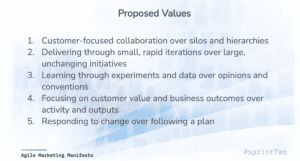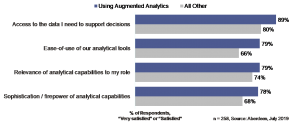A new and sensible approach to creating a forecasted balance sheet
Have you ever wondered why forecasting of the corporate balance sheet is something we seldom see or hear about? Or why many finance managers and professionals dismiss it as an unnecessary activity with no real benefit to the company? The answer, according to my interpretation and understanding, is that doing a good job of forecasting a complete and accurate balance sheet is very hard, probably impossible using conventional tools (traditional CPM tools, spreadsheets, etc.).
A lot has happened since the first attempts at forecasting a corporate balance sheet. In the early days of computerized planning and budgeting the main goal was to forecast the cash flow of the company; cash leaving and entering the company in various budgeting periods (months, quarters, etc.). The focus wasn’t really on generating a “future” balance sheet with all of its components clearly presented, but more on the general accounts, such as cash, and maybe receivables, inventory and payables.
With the available tools at the time, the cash flow forecast was usually not presented in a standard Statement of Cash Flow. Management was able to see how much cash would be required in each period and anticipated cash receipts during the budget year. The accuracy of such forecasts was always questionable, but at the time it was the only method known and used.
Those who have done cash forecasts know how hard it can be, especially if any degree of detail and accuracy is expected. The end result was often far from the actual results but it was a step in the right direction.
Can a Balance Sheet be accurately forecasted? That depends on the definition of accuracy. Under ideal circumstances a forecasted balance sheet can only be as accurate as the income statement forecast. You grossly overestimate your sales in certain budget periods and the forecasted balance sheet, assuming it perfectly tracks the forecasted P&L, will be off too.
Nevertheless, if the forecasted Balance Sheet and its Statement of Cash Flows companion are not synchronized to the P&L and to each other, any degree of accuracy and completeness can never be achieved. This is why most of the popular planning and budgeting software solution used today are not able to provide their users with an accurately synchronized set of financial statements.
In an earlier blog entry, Take Advantage of your Planning & Budgeting Software’s GL we saw that in order to achieve a meaningful set of synchronized forecasted financial statement the software must employ a general ledger at its core and automatically make journal entries in response to budget line forecasted activities (e.g., sales and expenses in budget periods, forecasted capital asset acquisitions, etc.).
Finance executives, finance managers and finance professionals now have a set of tools to deliver a forecasted Balance Sheet and a Statement of Cash Flow that perfectly track the budget and its forecasted Income Statement. These look exactly like the actual financial statements, only represent future budget periods instead of actual accounting periods’ performance.
While I perfectly understand why they did this with the existing tools and software architecture, company CFOs and other finance executives can no longer dismiss this radically new approach as irrelevant or unnecessary. It’s good to see technology innovations finally reaching corporate finance management and embraced by organizations’ leadership teams.
Business & Finance Articles on Business 2 Community(71)
Report Post







